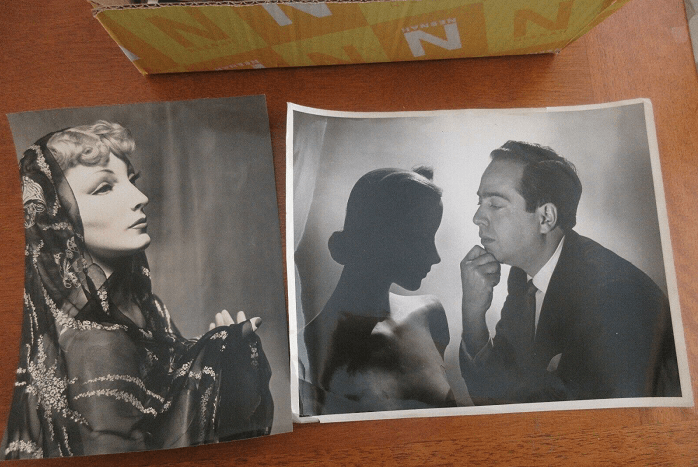Getting to Know Gaba



Research on Lester Gaba by Fashion Merchandising and Design graduate student Natalie Zainea was accepted for publication by the ITAA (International Textile and Apparel Association). Natalie is one of the first to document the history of Lester Gaba, an influential soap carver, mannequin designer, and visual merchandising critic based in New York City from approximately 1932 to 1987.
Gaba grew up in Hannibal, Missouri where he sculpted soap and drew. At the of age 10, he participated in a soap sculpting contest which inspired him to pursue a career as a specialty soap sculpture. His passions led him to Chicago in 1930 to study art. Natalie documents Gaba’s history and accomplishments through the use of digital databases such as Women’s Wear Daily, and the New York Times.
Natalie relied on primary sources such as soap figures and Gaba’s mother’s scrapbook provided from the personal collection of a Hannibal, Missouri resident and local historian. After spending his time in Chicago as a successful children’s soap carver, Gaba relocated to New York City in 1932. By 1939 he had written a book about soap carving and became known as the “Michelangelo of the Bathtub” after creating soap figurines based upon characters from the popular depression-era cartoon Scrappy. Several examples of Gaba’s soap work from this period can be found in collections today.
Gaba also gained notoriety for his creation of Cynthia the mannequin in 1932. Cynthia, who was originally designed for Sak’s Fifth Avenue, gained popularity after publicity stills made it appear as if she went everywhere with Gaba. From then on she became a familiar face at parties and nightclubs in New York City. In 1937, Cynthia the mannequin was featured in a fourteen-page article in Life magazine, and in 1938, at her peak, she was featured in a Hollywood movie entitled Artists and Models Abroad. The creation of Cynthia largely contributed to Gaba’s fame--he even became a columnist for Women’s Wear Daily. From 1941-1967, Gaba wrote a weekly column titled “Lester Gaba Looks at Display,” where he critiqued window displays throughout New York City.
While it is unclear what happened to Cynthia, she influenced the creation of similar life-sized, carved-soap mannequins called Gaba Girls. Gaba Girls were modeled after well-known New York socialites and were displayed in the windows of Best & Co. department store. Similar to Cynthia, the rest of the Gaba Girls remain unaccounted for today. However, the Gaba Girls with their life-like characteristics solidified Gaba as a pioneer in the field of modern mannequin design. Natalie concludes that Gaba’s significantly impacted mannequin design and visual merchandising. Through her research, Natalie aims to shed light on the contributions of such an influential and multi-faceted man.
At CMU We Do Research, We Do Real World
Story by ORGS intern Hailey Nelson
March 2021